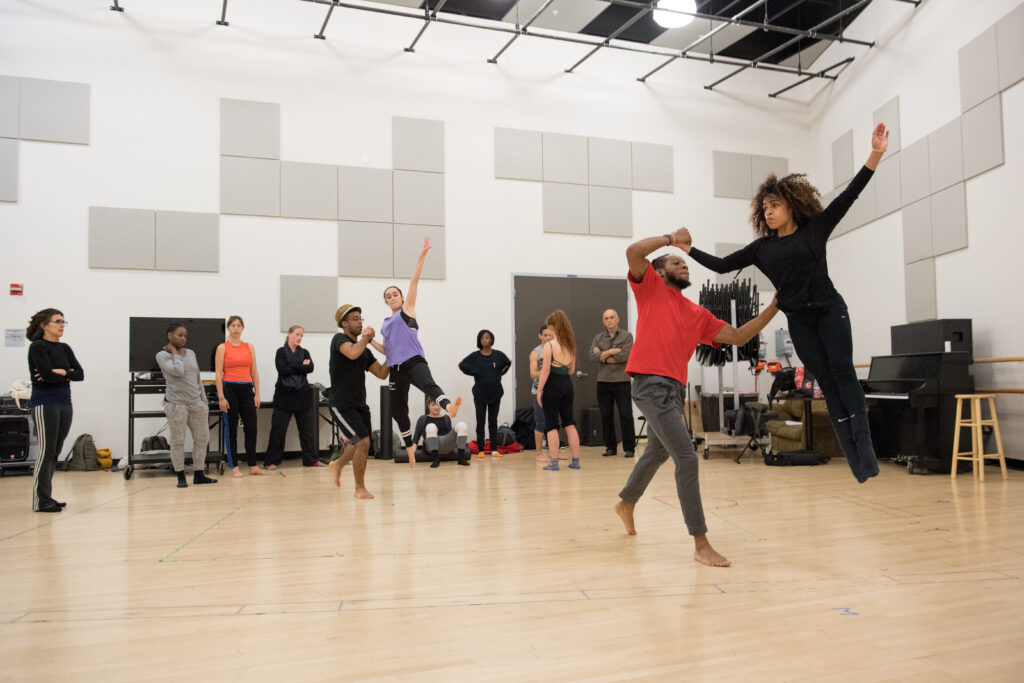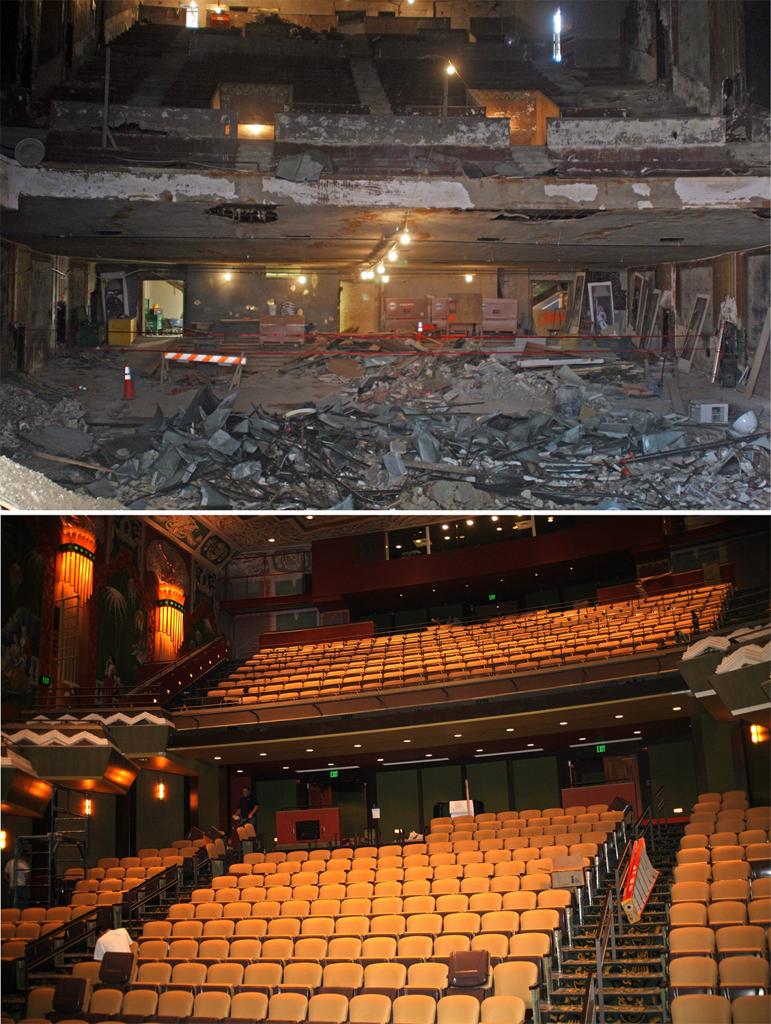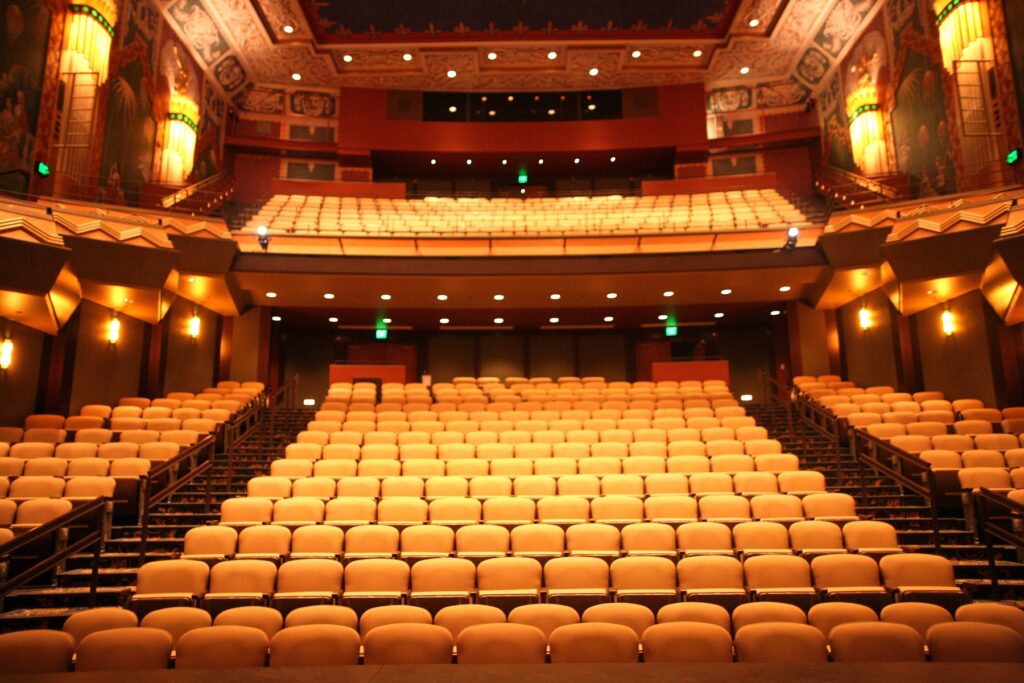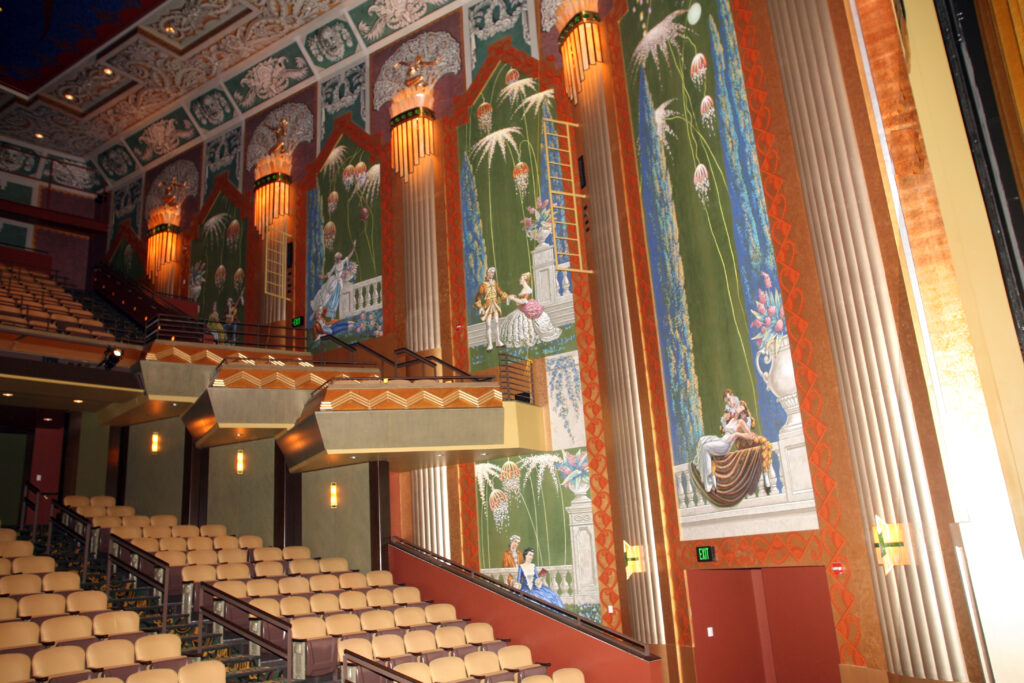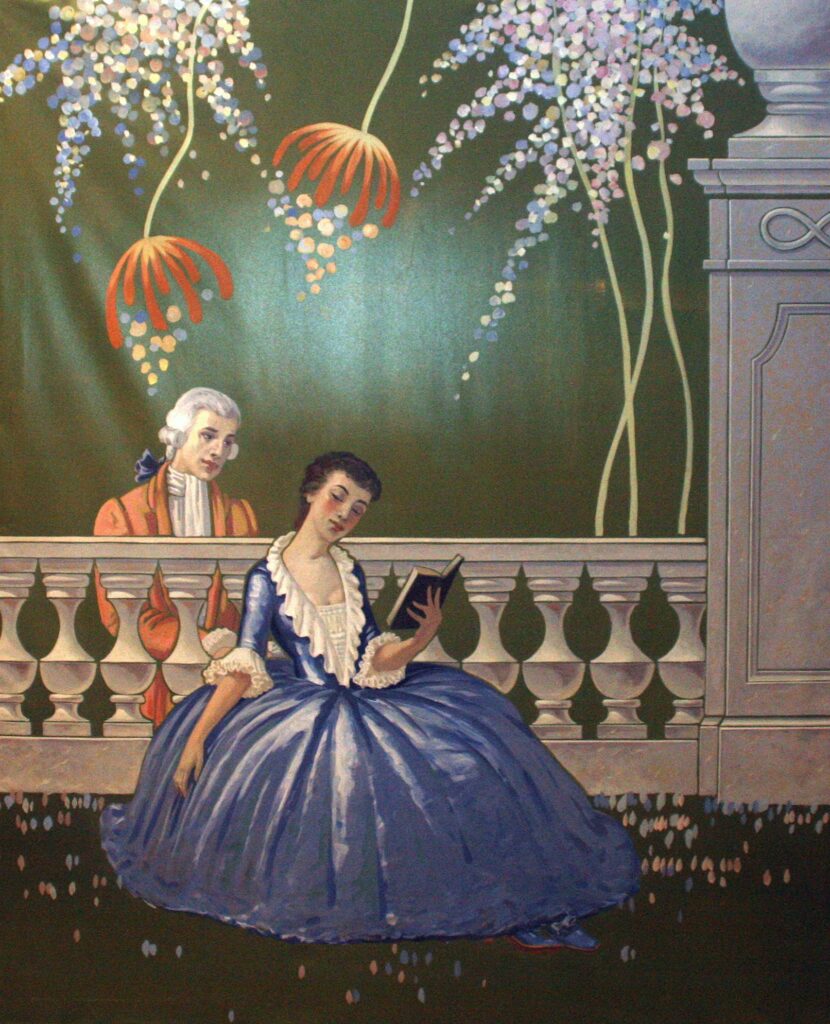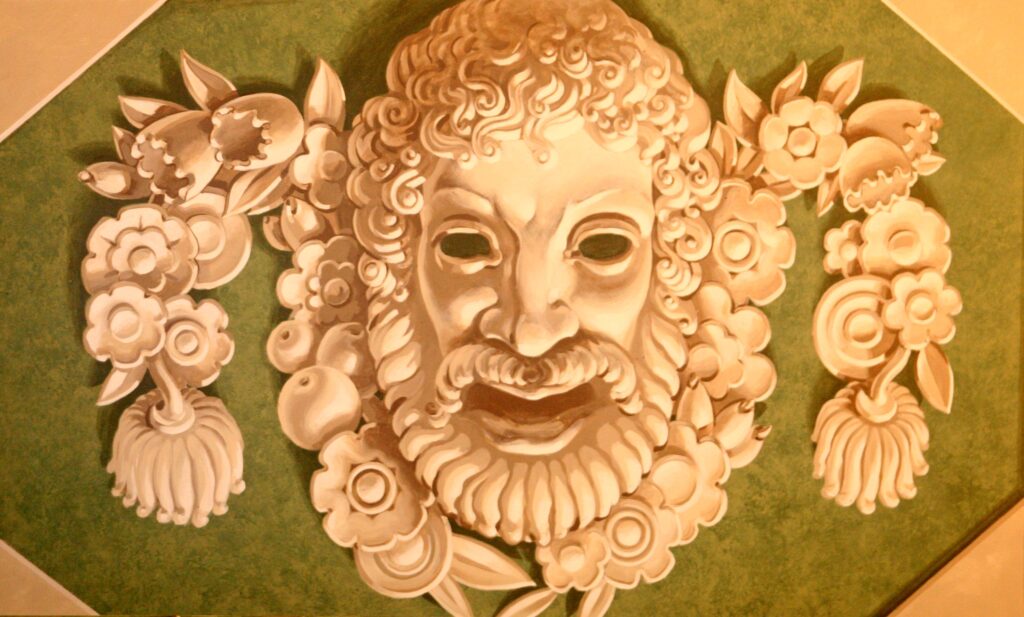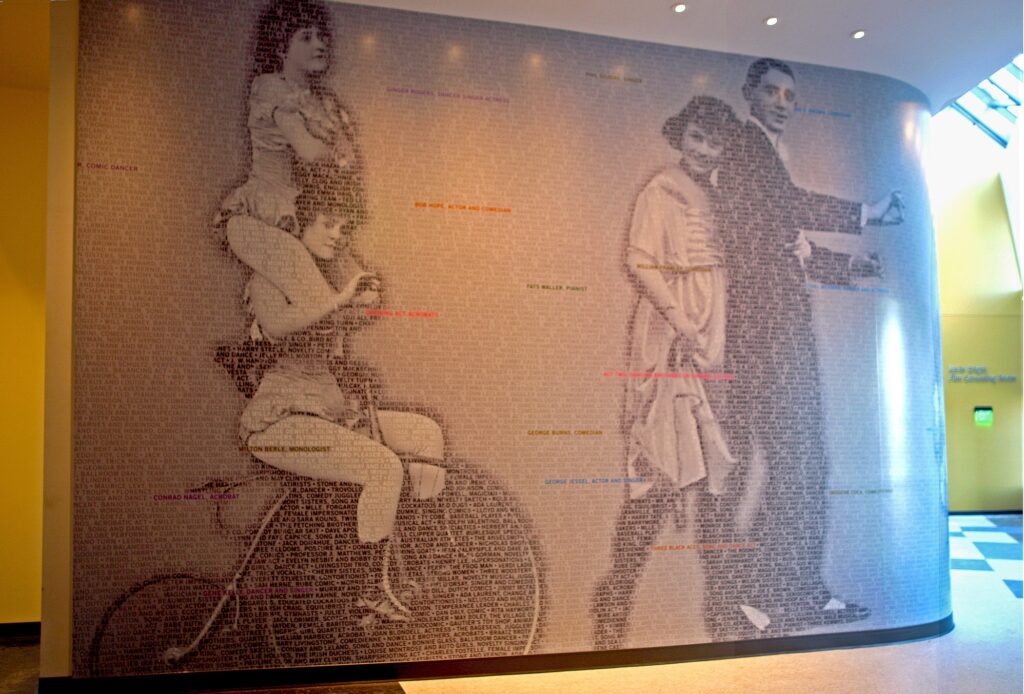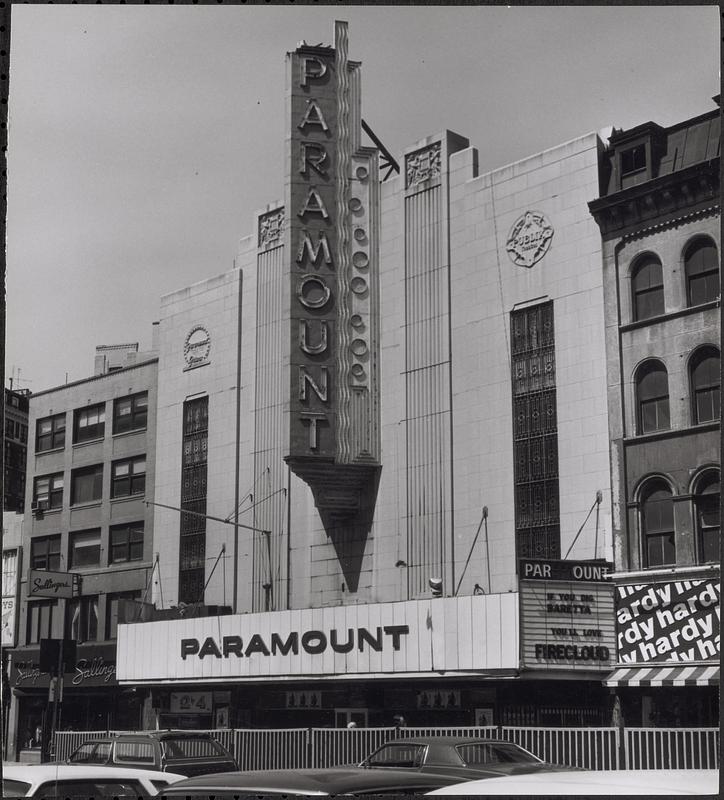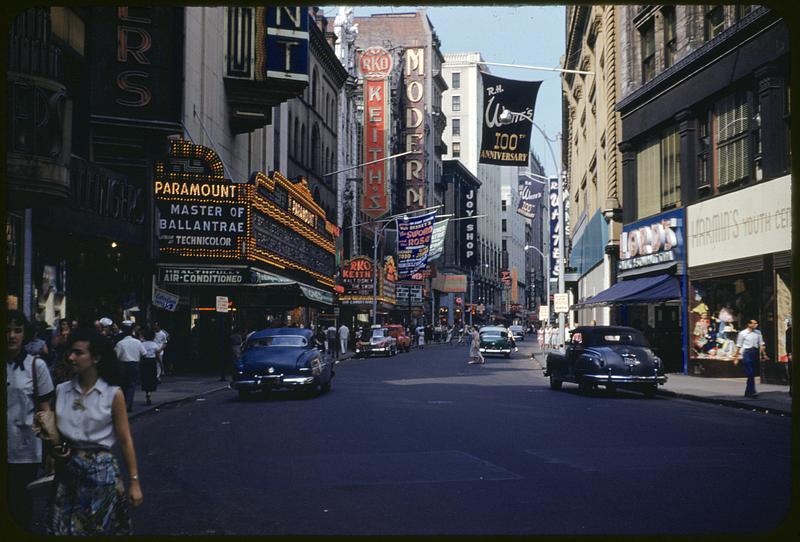Past Lives and Present Glories of Emerson’s Paramount Center
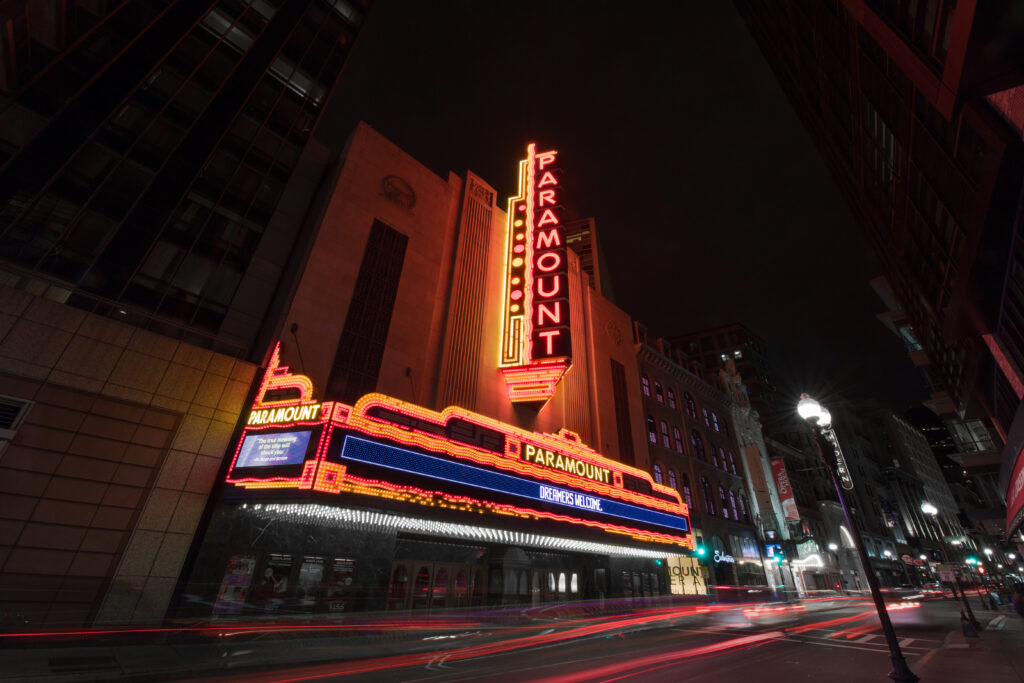
Students living in the Paramount may not know that they sleep next to the former site of one of Boston’s first luxury hotels.
Before the Robert J. Orchard Stage hosted ArtsEmerson shows, there were several other buildings on the site of the Paramount Center, including some theaters. The current Paramount Center consists of two buildings connected by their entertainment use as far back as the 1700s.
The Lamb Tavern was the first recorded building on the site in 1745, according to the National Register of Historic Places.
The Lamb was razed in 1845, and replaced by the historic Adams House Hotel, built the following year, with an annex added in the 1850s. It was one of Boston’s first and finest luxury hotels, and was replaced with a larger building with a Victorian edifice in 1883.
By the turn of the 20th-century, it had become essentially an extended stay hotel for businessmen and politicians – future president Calvin Coolidge payed $1/day to live there when he was elected to the Massachusetts House of Representatives (he later sprung for $3.50/day when he became governor). It was sold in 1925 to a Brookline businessman, and eventually knocked down in 1931 to build the Paramount.
In 1836, the Lion Theatre, with its northern building’s Romanesque revival granite façade, opened next door to the Lamb Tavern, and was united in 1846 with the Adams House Hotel to the south.
For the next 90 years, the Lion site held as many as three simultaneously operating theaters that had multiple names, including the 400-theater Keith-Albee vaudeville empire, according to emerson.edu. There is a mural in homage in the current Paramount to its vaudevillian past.
On the Adams site, the Paramount Theatre replaced the hotel in 1932. The original Paramount Theatre was designed by Arthur Bowditch, who designed the 1,500-seat theater exclusively for film.
The Paramount was named after its original owner, Paramount Pictures, one of many distribution theaters across the country owned by the studio. Movies became increasingly popular after the 1930s with the addition of sound, according to the Library of Congress, and theaters began springing up across the country to accommodate and profit from larger audiences.
The Paramount is part of the Theater District, which also includes the Emerson-owned Colonial Theatre and Cutler Majestic Theatre, and was designated as a historical district in 1979. According to the National Register of Historic Places, the Paramount is reminiscent of “1930s modernistic architecture” and is the only art-deco style theater in Boston.
But as the decades went on, the neighborhood slid into economic decline, morphing into the Combat Zone, regarded as Boston’s red light district. By the time the Paramount finally closed in 1976, it was dilapidated and overrun by asbestos, according to Architectural Digest.
The city of Boston completed foreclosure proceedings of the property in 1980. The theater was occupied from 1979 to 1983, but the tenant was evicted by the court process, according to the Boston Landmarks Commission’s report to designate the theater as a landmark.
The Paramount Theatre received Boston landmark status in 1984. At that time, there were two retail stores at ground level – a wig shop and a bag/hat shop – that paid rent to the city. The theater would remain dark from the 1970s until Emerson reopened it more than 20 years later.
In 2002, development company Millennium Partners agreed to restore the Paramount’s facade, marquee, and vertical sign in exchange for city approval of their adjacent Ritz-Carlton Towers project, according to wikipedia. The city occasionally lit the sign at night, and while there were hopes that an arts-based organization would make the Paramount its home, that plan never came to fruition.
That was until Emerson College acquired the theater in 2005, and officially opened the renovated Paramount Center in 2010.
According to the Office of Institutional Advancement, renovations included restoring the original 7,000-bulb marquee. While the interior of the building “could not be restored due to extensive deterioration,” replicas of original art pieces based on photographs now adorn the inside of the theater.
With the renovations, Emerson created the Robert J. Orchard Stage, a 572-seat proscenium theater, the Jackie Liebergott Black Box Theatre, and the Bright Family Screening Room . In the adjacent building, nine rehearsal studios, six practice rooms, four classrooms, 20 faculty offices, a student gathering area, a sound stage, and a prop production shop, were added by Emerson. The residence hall, located on the site of the former Adams House Annex, can now house 260 students.
The revitalized Paramount Theatre has been recognized for its turnaround, including in 2017, when the National Trust for Historic Preservation listed the theater as a once-endangered site that was thriving and contributing to its community.
Paramount Center Timeline
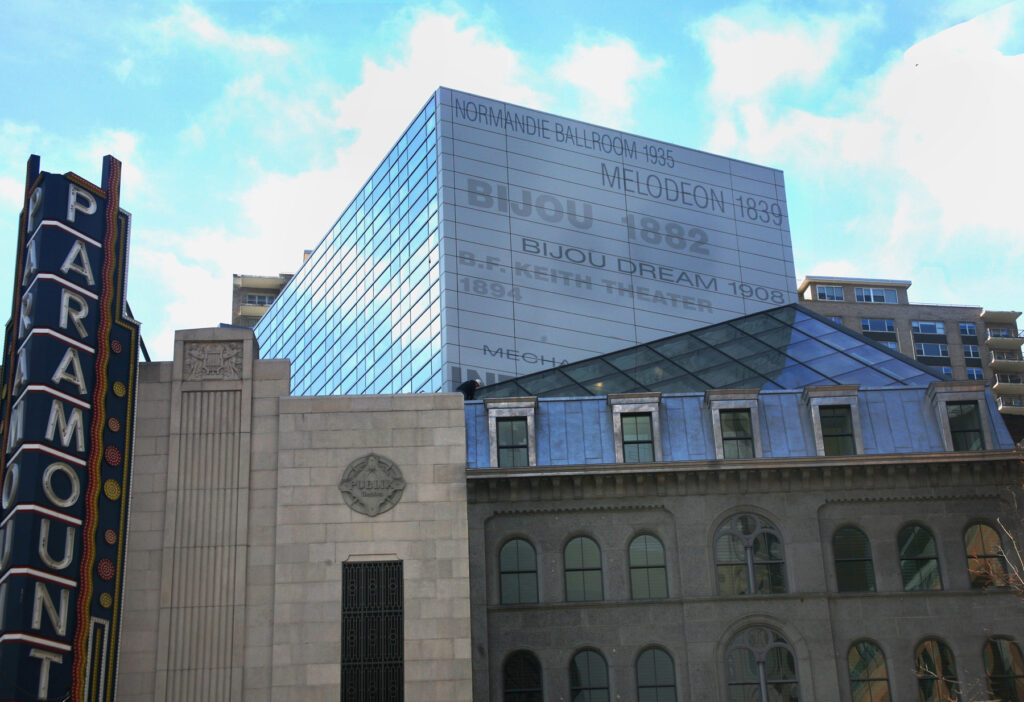
- 1836: Lion Theatre opens on the site of what is now 545 Washington Street (French Quarter restaurant is currently located at 545 Washington Street)
- 1839: The Lion Theatre is renamed the Melodeon Hall
- 1846: Adams House Hotel built on site of present Paramount Center
- 1859: Adams House Annex built around Melodeon Hall
- 1878: Melodeon Hall renamed Gaiety Theatre
- 1882: Bijou Theatre opens in the remodeled Gaiety space. The Bijou was the first theater in the U.S. to use electric lighting on its stage. The theatre opened with the Arthur Sullivan and W.S. Gilbert (Gilbert and Sullivan) comic opera Iolanthe.
- 1894: B.F. Keith opened a new theater, B.F. Keith’s Theatre on the site behind the Bijou
- 1932: The Paramount Theatre opens as a 1,500-seat art deco movie palace
- 1951: Bijou and the B.F. Keith Theatre are demolished
- 1976: Paramount Theatre closes
- 1984: Paramount Theatre is designated as a Boston Landmark
- 2005: Emerson College acquires Paramount Theatre, Adams House Annex, and the lot behind the Annex
- 2007: Ground is broken for the Paramount Center
- 2009: Construction completed
Categories
